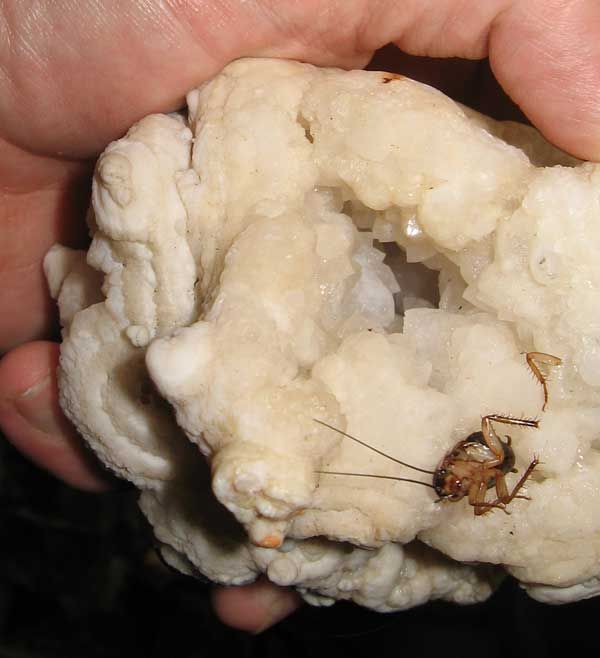Quote:
not on the microscopic level, i believe that its function as a de-wormer works because the tiny pieces of the super sharp diatoms are individualy suspended in the digestive system of the animal, when a worm encounters and eats one of the particles the diatom rips the interior of the worm to shreds, thus killing the worm. the particles are too small to pose a danger to anything larger than a macro-invertabrate.
I also believe that there are several types of food grade, one for actual injestion and another for use on vegetables plants. I'm really not sure where i hear this, i may have actually just made it up...
not on the microscopic level, i believe that its function as a de-wormer works because the tiny pieces of the super sharp diatoms are individualy suspended in the digestive system of the animal, when a worm encounters and eats one of the particles the diatom rips the interior of the worm to shreds, thus killing the worm. the particles are too small to pose a danger to anything larger than a macro-invertabrate.
I also believe that there are several types of food grade, one for actual injestion and another for use on vegetables plants. I'm really not sure where i hear this, i may have actually just made it up...


